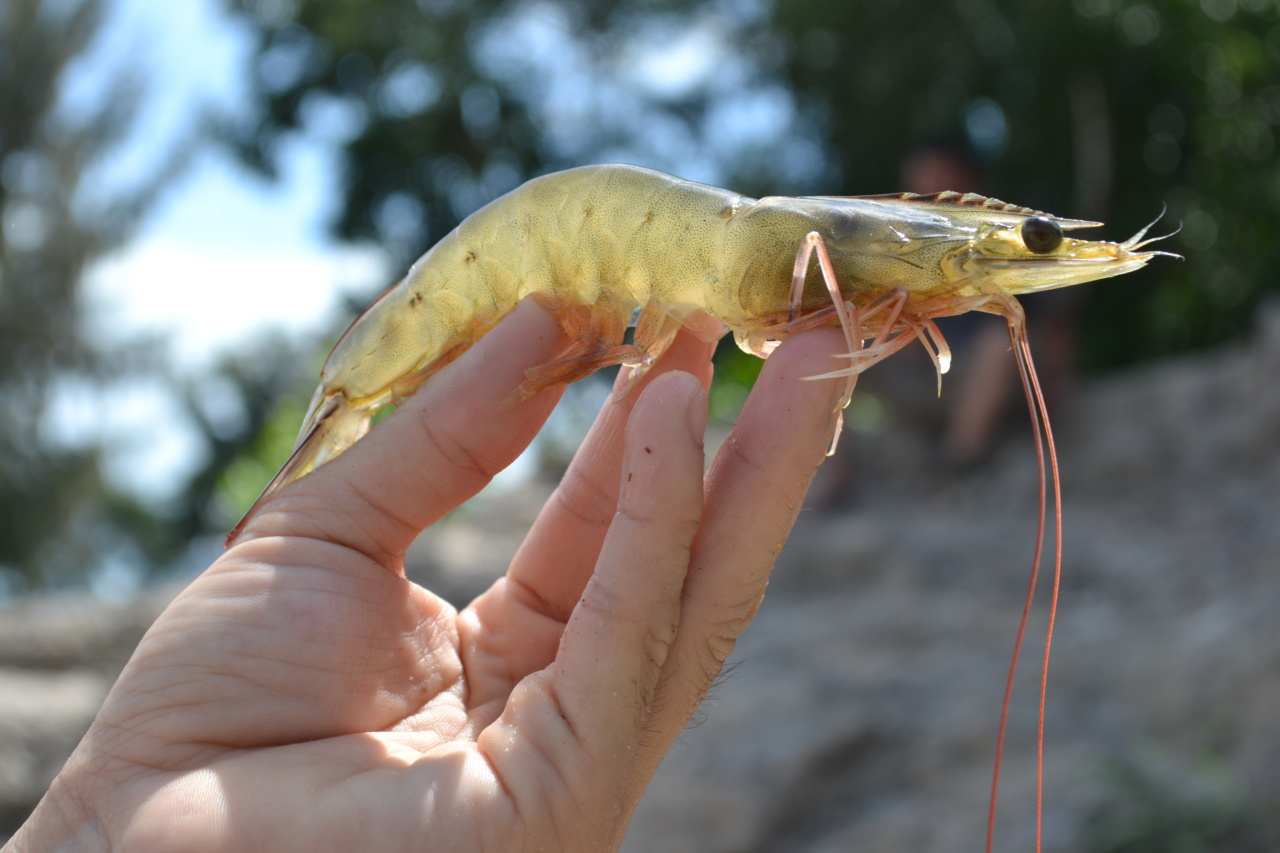Shrimp has become an increasingly popular seafood option in recent years. The demand for shrimp has been driven by both its unique flavor and the numerous health benefits that it provides.
However, like any food product, there are both advantages and disadvantages to consuming shrimp. In this article, we will explore the pros and cons of shrimp consumption.
Advantages of Shrimp Consumption
1. Excellent Source of Protein
Shrimp is a great source of protein, with one serving providing more than 20% of the recommended daily intake. Protein is essential for maintaining muscle mass and repairing tissues throughout the body.
2. Low-Calorie Option
Shrimp is a low-calorie food, with one serving containing just 84 calories. This makes it an ideal option for those trying to lose weight or maintain a healthy diet.
3. High in Iron
Shrimp is an excellent source of iron, with one serving providing around 15% of the recommended daily intake. Iron is essential for the production of red blood cells and for maintaining healthy energy levels.
4. Rich in Omega-3 Fatty Acids
Omega-3 fatty acids are important for maintaining heart health and reducing inflammation throughout the body. Shrimp is an excellent source of these essential fatty acids, with one serving providing up to 300mg of EPA and DHA.
5. Boosts Brain Function
Shrimp contains choline, a nutrient that is essential for brain health and cognitive function. Choline has been linked to improved memory and higher levels of alertness.
Disadvantages of Shrimp Consumption
1. High Cholesterol Content
One of the primary concerns associated with shrimp consumption is its high cholesterol content. One serving of shrimp contains 200mg of cholesterol, which is more than half the recommended daily intake for most people.
2. Risk of Food Poisoning
Seafood, including shrimp, has the potential to be contaminated with harmful bacteria and viruses. Ingesting contaminated seafood can cause food poisoning, which can lead to symptoms such as nausea, vomiting, and diarrhea.
3. Environmental Concerns
The production and consumption of shrimp have been linked to several environmental concerns. Shrimp farming has been associated with deforestation, habitat destruction, and water pollution.
Additionally, some shrimp are caught using methods that result in significant bycatch and damage to the ocean ecosystem.
4. Allergic Reactions
Shrimp is one of the most common food allergens, and some people can experience severe reactions if they consume even small amounts. Symptoms of a shrimp allergy can include hives, swelling, and difficulty breathing.
5. Expense
Shrimp can be an expensive seafood option, especially for those on a tight budget. The cost of shrimp can vary depending on the season, location, and method of production.
Conclusion
As we have seen, shrimp consumption has both advantages and disadvantages. While shrimp is a great source of protein, iron, and omega-3 fatty acids, it is also high in cholesterol and carries a risk of food poisoning.
Additionally, shrimp production and consumption can have damaging effects on the environment. As with any food product, it is important to weigh the pros and cons before deciding whether to include it in your diet.




























